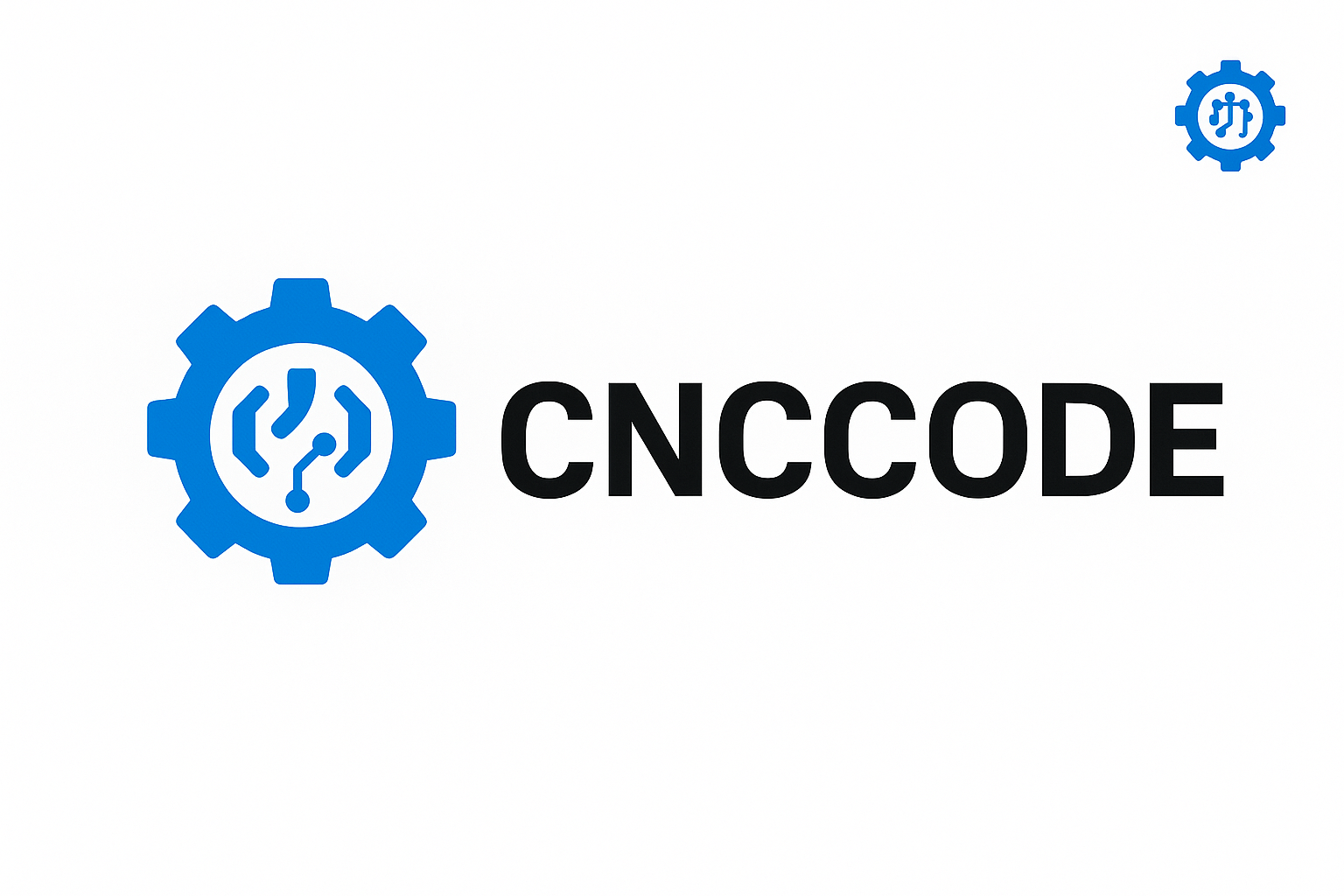CNC machines come in several forms, each suited to different tasks. The main types are:
-
CNC milling machines (routers): These move a rotating cutting tool along X, Y, and Z axes to remove material. Bench-top and full-size CNC routers handle wood, plastics, soft metals, and composites. High-end vertical mills (with rigid columns) can handle harder metals like steel and aluminum. Choose a milling machine when you need prismatic parts, flat surfaces, or shallow pockets. 3-axis mills are common; 4- or 5-axis routers add rotation or tilt to produce angled features without repositioning the part.
-
CNC lathes (turning centers): Lathes spin the workpiece on a spindle while stationary cutting tools shape it. Ideal for cylindrical parts like shafts, bushings, and threaded rods. CNC lathes often include live tooling (drilling or milling while turning) for complex features. If most of your work is round or symmetric, a lathe is more efficient than a mill.
-
CNC plasma, laser, and waterjet cutters: These use focused energy (plasma arc, laser beam, or high-pressure water with abrasive) to cut flat sheets of metal or other materials. They’re ideal for cutting shapes from plate or sheet stock. For example, a CNC plasma table cuts steel panels, while a CNC router might shape wood. Choose these for rapid 2D cutting of metal, especially at larger scales.
-
CNC EDM (Electrical Discharge Machining): Uses electrical sparks to erode metal, excellent for hard materials and intricate cavities. Common in tool and die making. If you need tiny detailed cavities in hardened steel (like molds or dies), EDM is the specialized solution.
-
Other hybrids: Some machines combine capabilities – for instance, CNC mills with turning attachments, or multi-head machines that can switch between milling, drilling, and tapping on one platform. Emerging technologies include 3D-printing/CNC hybrids discussed above.
To choose the right machine: consider material, precision, and geometry. For soft materials (wood, acrylic), even hobby CNC routers suffice. For aluminum prototypes or steel parts, a rigid vertical mill or lathe is better. Think about part size – small bench-top vs. large gantry – and axis count. If you need to machine angled features on a complex part, a 5-axis mill saves time over multiple setups on a 3-axis machine. Always match the machine’s rigidity and spindle power to the hardest material you plan to cut.
